New Zealand
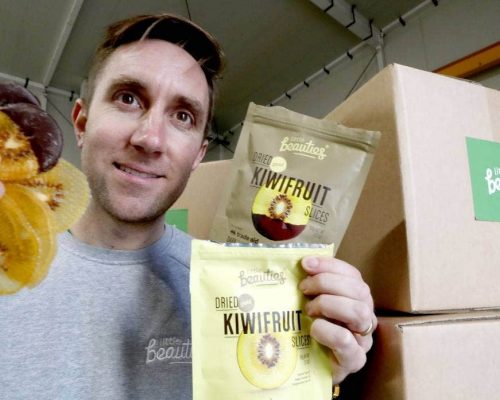
High tech fruit drying turns kiwifruit from cow fodder into a premium snack food
A Nelson company is investing millions to make classy snacks from reject gold kiwifruit that would be fed to cows or dumped.
Thanks to local investors, Little Beauties has raised more than $4 million in the last two years to expand and automate the drying of kiwifruit, feijoas, and berries.
General manager Tristan Wastney says machines developed with assistance from Callaghan Innovation now do the work of about five people who used to peel, slice and place fruit on drying trays.
He says drying fruit “sounds simple, but it’s scientific,” and an experimental attempt to air dry fresh boysenberries was a spectacular flop.
Read More here…
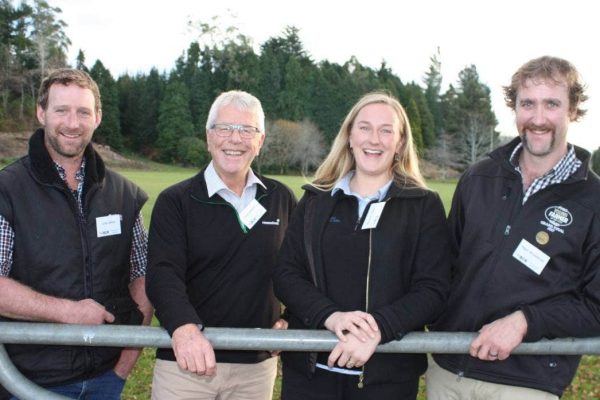
Consumers demand to know more about how food is produced
A quarter of the country’s farmers will need to have a plan in place to measure and manage their green house gas emissions by the end of the year.
Beef + Lamb New Zealand Leader of Farm Planning Ron Pellow said farmers needed to look at the increased regulatory requirements as an opportunity rather than a challenge.
‘’It’s important to see this process as an opportunity. It will allow farmers to make better decisions on farm,’’ Pellow said.
Pellow, who led the South Island Dairy Development Centre (SIDDC) for more than 10 years, was one of the speakers at the Future Farming Expo attended by more than 160 people in Otautau on Friday.
Read More here…
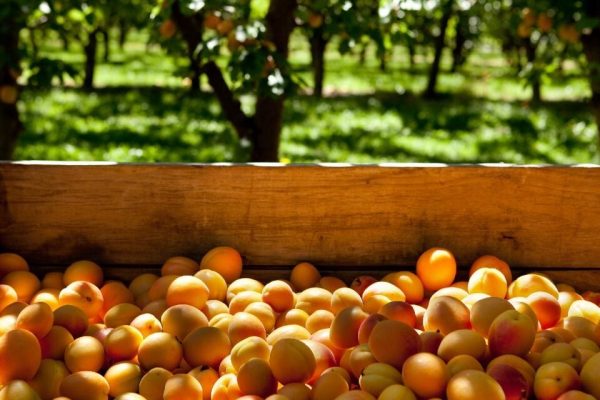
Horticulture sector still desperate for Pacific travel bubble despite seasonal workers’ visa extensions
The horticulture industry remains concerned about a lack of workers in the sector, despite the Government extending visas for seasonal workers and working holiday makers.
On Thursday, Immigration Minister Kris Faafoi announced around 10,000 working holiday and supplementary seasonal employment (SSE) visas due to expire between June 21 and December 31 would be extended for another six months in a bid to help workers stay in the country for longer.
Horticulture New Zealand chief executive Mike Chapman says while the industry welcomes the visa extensions, what the sector really needs is a Pacific travel bubble.
Read more here…
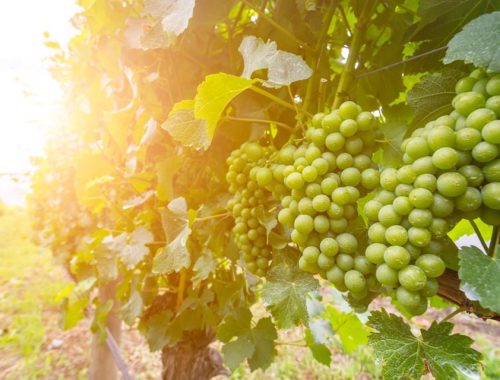
New Zealand’s grape harvest falls but winegrowers remain optimistic
New Zealand Winegrowers say this year’s grape crop is 19 percent smaller than last year’s, but the quality is ‘exceptional’.
Only 370,000 tonnes of grapes were harvested during the 2021 vintage.
New Zealand Winegrowers chief executive Philip Gregan said this is 19 percent less than last year’s crop. That’s a shortfall equivalent to seven million nine-litre cases of wine.
But that smaller 2021 vintage is being described as exceptional, thanks to favourable weather conditions.
“The autumn was wonderful throughout the country. It’s going to deliver wines from Kaitaia down to Alexandra of really fantastic quality.
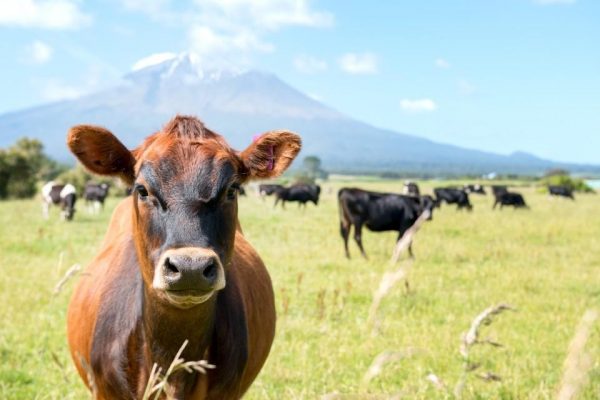
Climate Change Commission report has ‘cow-shaped hole’, gives dairy industry a ‘free pass’ – Greenpeace
Greenpeace has lashed out at the advice of the Climate Change Commission, saying the independent Crown entity has given the dairy industry a “free pass” when it comes to its environmental responsibilities.
The Commission released its final report on Wednesday after a consultation period that saw thousands of submissions from individuals, organisations and lobby groups.
The report offers recommendations for the Government around New Zealand’s path towards its ambitious climate goals of reaching net-zero greenhouse gas emissions by 2050 and reducing biogenic methane emissions between 25-47 percent, also by 2050.
Read More here…
Australia
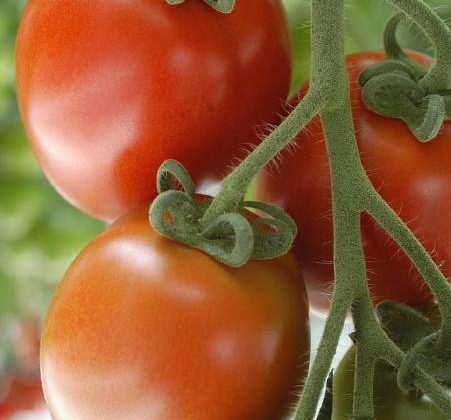
Work on protecting seeds from drought and heat
The Foundation for Food and Agriculture Research (FFAR) has given $1.42 million to researchers at the University of California and the University of Florida to continue with exciting drought resistance work, looking at maintaining seed quality in hot and dry environments.
The work is currently in tomatoes, but it is hoped it will have applications for all of agriculture.
The researchers are working to identify genes that boost tolerance for high temperatures and allow the plant to maintain top quality seeds.
“We often think about enhancing climate resilience in crops as heat- and drought-proofing plants; however, climate change also affects seeds,” said Jeff Rosichan, director of the Crops of the Future Collaborative.
Read more here…
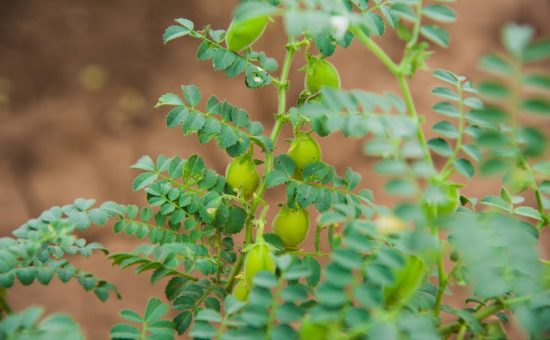
Researchers explore phosphorus acquisition
RESEARCHERS from The University of Western Australia’s (UWA) Institute of Agriculture have used genome mapping on chickpea root traits to improve the efficiency of phosphorus acquisition and use.
The research, recently published in Frontiers in Plant Science, was conducted in collaboration with the International Crops Research Institute for the Semi-Arid Tropics (ICRISAT).
Chickpeas are the second most important pulse crop grown worldwide and the second largest pulse crop in Australia – producing more than 500,000 tonnes annually.
Read more here…
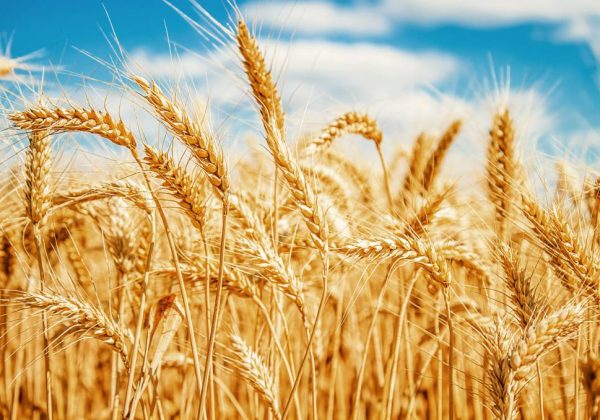
Australian farmers eye off another big winter crop
A near ideal start to the winter cropping season in the two biggest production states has put Australia on the track of another big winter crop.
This was reflected in ABARES first detailed assessment for the 2021/22 winter crop outlook in its recently released June crop report.
National wheat production was projected at 27.8 million tonnes, only behind last year’s 33.3mt crop, as well as 2016/17 and 2011/12. Increased plantings will see Australia’s canola crop will climb to 4.2mt up from last year’s 4.05mt. Australia’s barley crop is projected at 10.4 million tonnes.
“Yield prospects in most cropping regions in NSW, WA and much of Queensland are very favourable given the favourable conditions at the beginning of the winter crop season and the outlook for winter rainfall,” ABARES said.
Read more here…
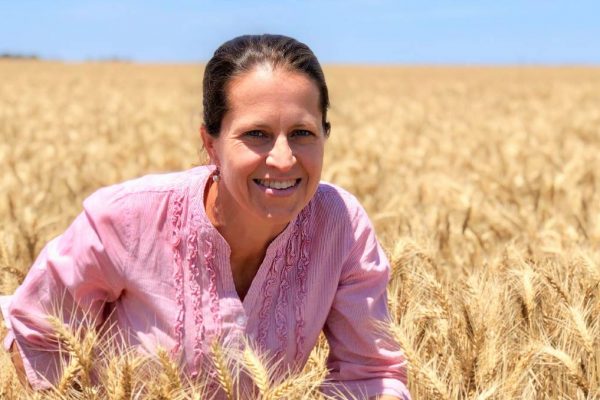
Australia on track for back-to-back big crops
AUSTRALIA is on track to record a second consecutive bumper harvest according to agricultural banker Rabobank.
Rabobank analysts are forecasting another year at close to record production across the nation, with a slight alteration in where the crop will be grown.
NSW will again be a major driver of the big year, with good subsoil moisture levels over much of the state, but it is Western Australia that at present looks set to record a big year on year increase, with good autumn rain.
Even the Bureau of Meteorology (BOM) outlook of a drier than average winter was not enough to dampen Rabo’s predictions.
Read more here…
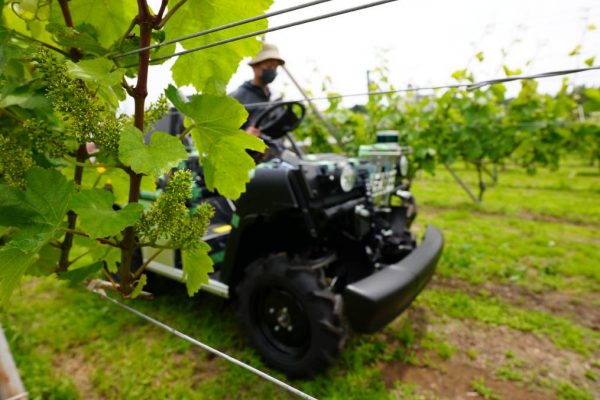
Rural and regional industries told artificial intelligence (AI) vital to their future
Momentum is building across regional industries led by agriculture to better harness digital technologies such as artificial intelligence (AI) and machine learning.
The push is coming at the local project level through to new joint venture funds to back agtech start-ups right the way up to a bid for the creation of a Smarter Regions Co-operative Research Centre (CRC).
Aussie agtech startup The Yield is partnering with global robotics leader Yamaha Motor Company and premium wine giant Treasury Wine Estates to use an unmanned vehicle in trials aimed at improving autonomous crop spraying and better predicting wine grape yields with growth stage data.
Read more here…
South America
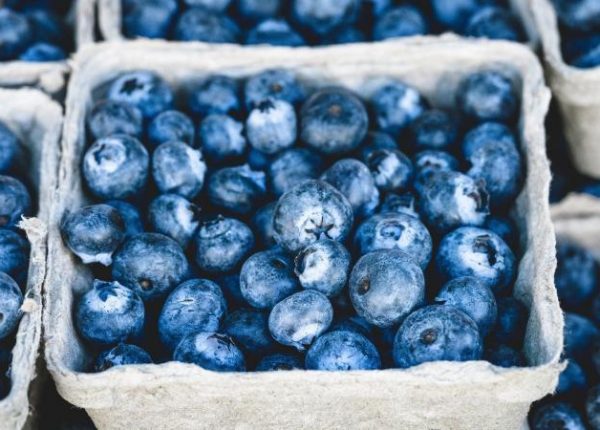
2020–2021 Blueberry Yearbook Reveals Southern Hemisphere Export Data
The 2020–2021 Blueberry Yearbook, an industry report recently released by agricultural consulting company iQonsulting, reveals that the blueberry export industry in the Southern Hemisphere is healthier than ever. It was a record-breaking season for Southern Hemisphere exporters, with a total of more than 312,000 tons of blueberries exported — a 20% increase over the previous season.
This growth was largely attributable to several major exporters that all achieved new records this season, namely, Peru, Chile, South Africa and Colombia.
Statistics from the Blueberry Yearbook show that Peru remains the largest blueberry exporter in the Southern Hemisphere, exceeding 160,000 tons of fresh blueberry exports in the 2020/21 season — a year-on-year increase of 36%.
Read More here…
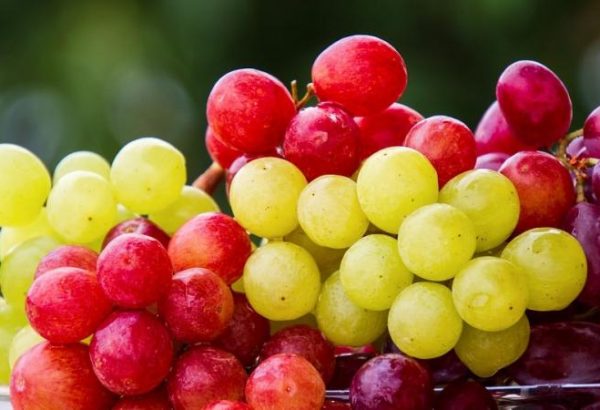
Peruvian Grape Exports Are on the Rise
According to data from the Association of Producers and Exporters of Table Grapes of Peru (Provid), Peru’s grape export volume reached 57.38 million boxes (8.2 kilograms) in the 2020/21 season, representing a 17% increase compared with last season’s 48.93 million boxes.
The general manager of Provid, Carlos Zamorano Macchiavello, remarked that this season’s growth was primarily attributable to an increase in the cultivation of new grape varieties, particularly seedless varieties. This explanation is consistent with the fact that the planted area for grapes certified for export increased by only 2% this season to a total area of 20,775 hectares. These new grape varieties are predominantly grown in Peru’s northern and southern coastal regions, with distinct ripening times that allow Peruvian grape exports to extend from August to March.
Read More here
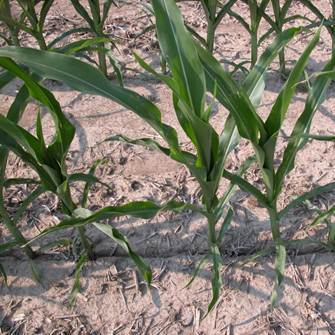
Brazil Drought Worst in 91 years
Brazil faces its worst drought in 91 years, causing the government to issue a drought alert. Late last week, an agency that’s a part of the Brazil Mines and Energy Ministry recommended the country’s water regulator to recognize a state of “water scarcity” after a prolonged drought-hit central and southern parts of the Parana (Pah-RAHN-yah) River basin. Financial Post Dot Com says a weather monitoring agency that’s part of the Agriculture Ministry issued its first “emergency drought alert” for June through September, saying that rains are likely to remain scarce in five Brazilian states during that period. The lack of rain across Brazil is hurting their agricultural commodities, livestock, and electricity generation as Brazil relies heavily on hydro dams for power.
Drier-than-normal weather is especially hard on the second-corn crop, sugar, and coffee. Coffee futures recently hit a four-year high as traders are concerned that drought could even affect the 2022 crop.
Food Updates

Lack of fruit and veg responsible for 18,000 early deaths says report
A new report claims the UK fruit and veg sector could be boosted by more than £200 million if everyone ate the amount of greens advised by the Government.
The Peas Please initiative, which works to make vegetables more appealing, accessible and affordable, has released its latest Veg Facts 2021 Report, in which it claims a lack of greens could be causing thousands of premature deaths each year.
Peas Please is a partnership with The Food Foundation, Food Sense Wales, Nourish Scotland, Belfast Food Network and Food NI. Since the project launched four years ago it has delivered 162 million additional portions of vegetables into our food system working across all 4 nations.
Read more here…

Episode Fifteen: Heavy metals in our food
Clean label experts, Jaclyn Bowen and Oliver Amdrup, explain the health issues linked to heavy metal contaminants and the possible solutions to help develop cleaner food.
Heavy metals are arguably the forgotten food safety issue. The prevention of Salmonella or Listeria monocytogenes rightly attracts a lot of attention within the food and beverage industry, but repeated exposure to heavy metals such as lead and cadmium can also be very dangerous.
What is perhaps even more concerning about heavy metals is the delayed onset of complications they cause.
Read more here…

How Mars is creating safe food today for a healthy tomorrow
Dr Susan Blount outlines the worldwide collaboration Mars is undertaking to create safer food for a healthy tomorrow, including some important work around aflatoxins.
On World Food Safety Day, Dr Susan Blount of Mars Incorporated shares her thoughts on food safety and identifies some of the most pressing issues facing the food industry. In this Q&A, she explains what Mars is doing to achieve safer food for all, including the manufacturer’s work to mitigate mycotoxin exposure and its collaborations with other organisations across the world.
Read more here…

The rise of vegan in baked goods
KANSAS CITY – Partnerships are creating the catalyst for vegan products that fulfill nutritional and environmental needs while also providing comfort and enjoyment.
Once a niche demographic, the demand for vegan products continues to grow as consumers shift their focus to foods benefitting diet and lifestyle. Valued at $14.2 billion in 2018, the vegan food market is expected to reach $31.4 billion by 2026, registering a CAGR of 10.5% from 2019-2026, according to Allied Market Research.
In the last five years, roughly 5.6% of all new products launched in bakery sweet goods carry a vegan/vegetarian claim.
Read more here…
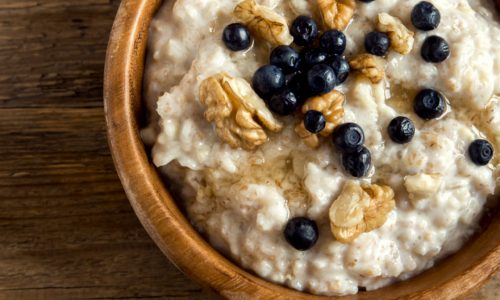
Walnuts and Blueberries team up amid Brain Awareness Month
FOLSOM, CALIF. – June is Alzheimer’s and Brain Awareness Month, and the California Walnut Board (CWB) and US Highbush Blueberry Council (USHBC) are collaborating with a select group of retailers, including Coborn’s, Rouses Markets and Weis Markets, to encourage consumers to “grab a boost of blue and walnuts, too!”
Promotion materials will include local TV segments, e-newsletter features, Facebook Lives, and more, led by retail registered dietitians.
Read more here…


